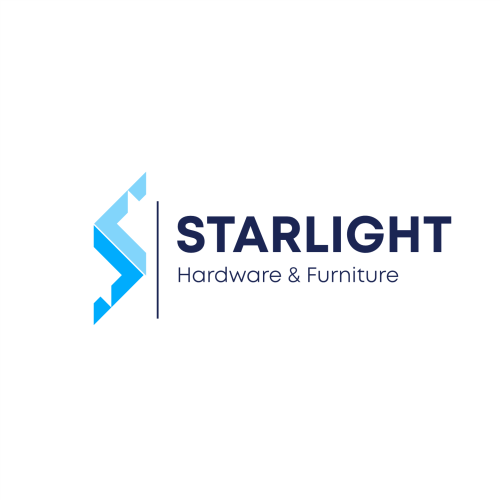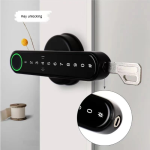Systems integrators are finding that adopting a fully integrated cloud management platform allows them to sell comprehensive solutions instead of a collection of separate security products. A single, centralized dashboard connects intrusion detection, video surveillance, access control and environmental sensors. Installers can stage a pilot deployment with basic hardware then scale up over time by enabling additional features in the cloud. This approach removes complexity from project design and highlights the overall value of the integrated system.
Staff training, system rollout and regular administration follow a unified workflow. When a client requests a new service, the integrator clicks a setting in the cloud dashboard. There’s no need to swap control panels or rewire input modules. Integrators save installation time and keep projects on budget. Customers benefit from consistent experiences and faster delivery schedules.
Cloud platforms make it easy to add capabilities as a facility grows. Services such as intrusion alerts, door control, video analytics, environmental monitoring and asset tracking can all be spun up under the same account. Clients avoid large initial hardware investments by enabling each function in the cloud only when they need it. Remote sensors and mobile credentials plug into the same management console, with each new service integrating seamlessly into existing data streams.
Leading cloud solutions provide open application programming interfaces for custom integrations, mobile apps or third-party connectors. By selecting a turnkey platform, businesses centralize event data, live alerts and performance dashboards. Complex security cross-system engineering becomes part of the standard offering instead of an expensive, separate project.
Integration companies can shift sales conversations away from hardware specs and toward complete security solutions. A live demo of the cloud dashboard lets decision-makers experience access control, video streams and alarm notifications in a realistic setting. This hands-on preview builds confidence that the unified system will operate as expected before crews run cables or install devices.
Key advantages include:
- End-to-end visibility across all devices in a single view.
- Consistent user interface that reduces technician training time.
- Scalability for customers from small shops to multi-building enterprises.
- Quick rollout of new functions such as mobile credentials, environment sensors or AI-driven alerts.
Centralized analytics turn raw security events into actionable intelligence. Heat-map visualizations show high-traffic zones, while machine-learning tools detect anomalies in access patterns or equipment behavior. Integrators can set custom alerts for temperature fluctuations in freezer rooms or recognize suspicious loitering in parking structures. Detailed audit trails help satisfy compliance audits and support post-incident investigations by correlating data across systems and time stamps.
Remote system updates and troubleshooting happen through the cloud portal. Technicians reset door schedules, adjust user profiles or apply firmware patches from any internet-connected device. This approach slashes service trip costs and lets field teams focus on new deployments rather than routine maintenance.
In access control deployments, administrators assign credentials in bulk across many entries and adjust permissions in seconds. Integrated maps display live alarms, device health and analytics by floor or region. Zoom-in tools highlight the precise zone where an event occurred, while scheduled reports document system uptime, user activity or compliance status.
Some integrators assume cloud platforms are too elaborate for a single-door office or too basic for large campuses. In practice, the same modular framework serves a small front-end store and a high-rise complex alike. The core engine adapts to any hardware count or user volume without altering the underlying setup.
Consider a municipal waste collection site that uses a cloud-generated link and PIN to control gate access. Residents sign electronic waivers, upload a photo ID and receive one-time entry codes—no app installation required. A quick-service restaurant chain operates seven locations with a central cloud portal. Instead of sending staff to each storefront, managers log in remotely to add or revoke user codes in under sixty seconds.
Cloud management also extends to real estate and mixed-use properties. Owners can secure building perimeters, control elevators and gate common areas. Tenants complete liability waivers for shared amenities like gyms or pools via the access control interface. If a waiver is missing, the system denies entry automatically, reducing liability and ensuring compliance with building policies.
When choosing a cloud provider, integration firms should verify that support teams can access client accounts remotely and troubleshoot without field visits. A unified dealer portal shows integrators exactly what end users see, cutting resolution times by removing guesswork. Broad device compatibility keeps existing equipment online, and any unimplemented functions can be enabled at a moment’s notice—all without a truck roll.
Built-in encryption, redundancy and continuous security scans help integrators meet privacy and cybersecurity standards. Clients gain assurance that system data stays protected, and integrators avoid the hassle of designing custom IT safeguards. A secure cloud environment reduces audit complexity and strengthens trust.
Offering new cloud features drives additional recurring monthly revenue with minimal setup costs. Unlike maintenance contracts tied to on-site labor, activating cloud services typically requires no extra hardware or technician dispatch. Integrators can expand service portfolios, improve profit margins and boost customer retention, all while relying on a single, scalable management interface that evolves alongside client needs.



